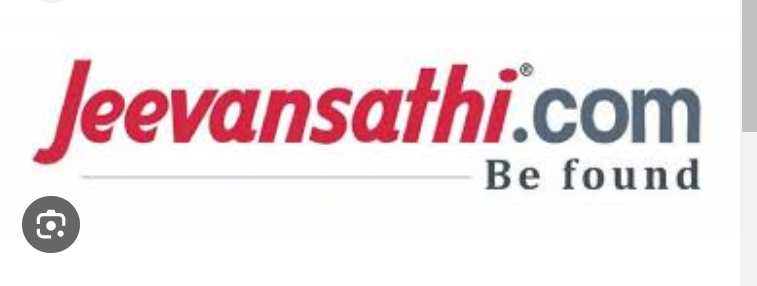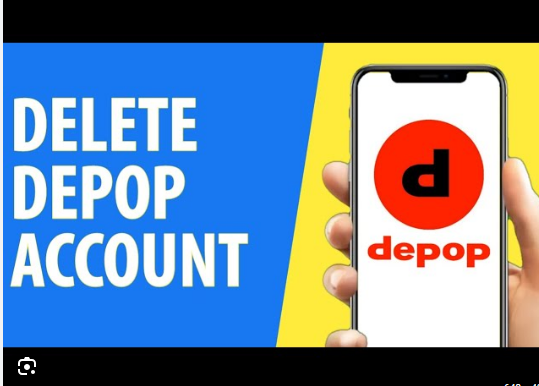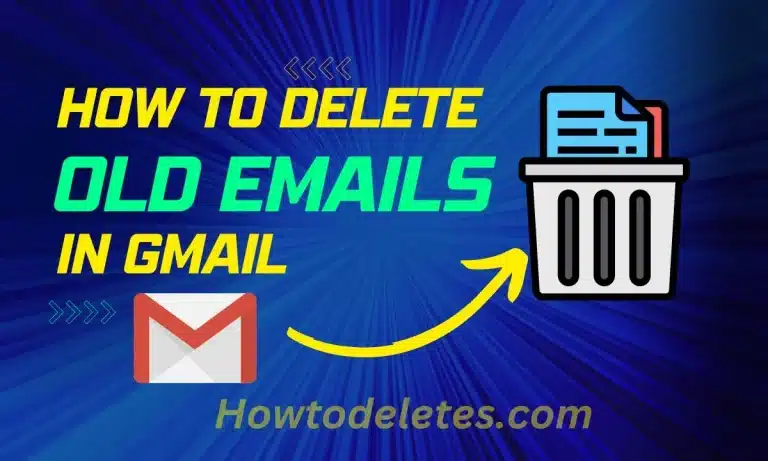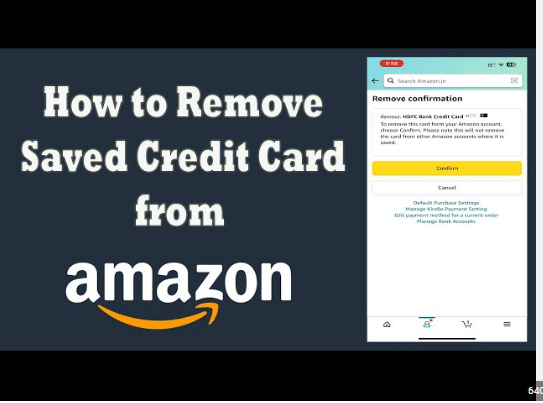How To Delete WordPress Site
WordPress, a powerhouse in the world of website creation, has empowered millions to establish their online presence effortlessly. However, circumstances may arise where you decide to part ways with your how to delete WordPress site – a change in direction, a shift in priorities, or perhaps a desire for a fresh start. If you find yourself contemplating how to delete your WordPress site, fret not. In this comprehensive guide, we’ll walk you through the step-by-step process, ensuring a seamless departure from the world of content management.
Why Delete Your WordPress Site?
Before we dive into the steps, it’s essential to understand why someone might choose to delete their WordPress site. Common reasons include a shift in business or personal focus, the desire to start anew with a different website, or even a need to discontinue an online project. Whatever your motive, knowing how to navigate the site deletion process empowers you to take control of your digital space.
Step 1: Back Up Your Website
Before initiating the deletion process, it’s crucial to back up your WordPress site. This step ensures that you have a copy of your website’s content, design, and settings, just in case you want to revisit or use them in the future. Several plugins are available for easy site backups, such as UpdraftPlus or Duplicator.
Step 2: Log In to Your WordPress Dashboard
To start the process, log in to your WordPress dashboard. Enter your username and password to access the backend of your site. If you are using a self-hosted WordPress site, the login page is typically found at “yoursite.com/wp-admin.”
Step 3: Navigate to Tools
Once logged in, navigate to the “Tools” menu on the left-hand side of your WordPress dashboard. Within the Tools menu, you’ll find the “Delete Site” option. Click on it to proceed.
Step 4: Confirm Site Deletion
Clicking on “Delete Site” will take you to a page where WordPress will ask you to confirm the deletion of your site. The system will warn you about the irreversible nature of this action, emphasizing that all content and data will be permanently removed.
Step 5: Enter Confirmation Details
To proceed, WordPress will request confirmation by asking you to enter your site’s URL. Type your site’s URL into the provided field to confirm that you understand the consequences of deleting your site.
Step 6: Verify Your Identity
To enhance security and ensure that only authorized users can delete a site, WordPress may prompt you to verify your identity. This could involve entering your password or taking another form of authentication. Follow the prompts to complete this step.
Step 7: Receive Email Confirmation
After confirming the site deletion, WordPress may send a confirmation email to the address associated with your user account. This email serves as official confirmation that your site has been deleted. Keep an eye on your inbox for this notification.
Step 8: Remove Site from Hosting
If your site is self-hosted, you may also need to remove it from your hosting provider. This step involves accessing your hosting account (cPanel, for example) and deleting the site files and database. The exact steps can vary based on your hosting provider, so refer to their documentation for guidance.
Step 9: Update Search Engines (Optional)
While this step is optional, you may want to inform search engines that your site has been deleted to prevent outdated content from appearing in search results. You can use the “Remove outdated content” tool in Google Search Console to request the removal of your site’s pages.
Conclusion
Deleting your WordPress site is a significant decision, and understanding the steps involved ensures a smooth and intentional exit from the world of web creation. By following this comprehensive guide, you can confidently navigate the site deletion process, allowing you to take control of your digital space. As you bid farewell to your WordPress site, remember that the digital landscape offers endless possibilities for future projects and endeavors. Deleting a site is not the end but rather a new beginning in the ever-evolving world of online content creation.






